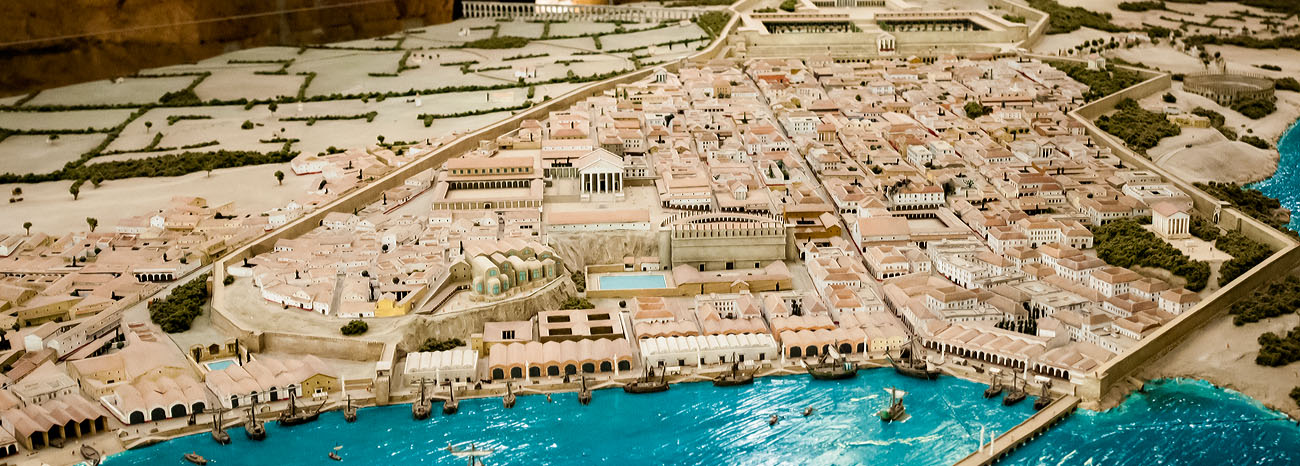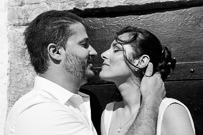
About Tarragona: Private Shore Excursions & Day Tours
The secret of Tarragona's sun-soaked Mediterranean shores was out long before the first travel books filled the shelves of local bookstores.
Spanish poet Martial longed for the shores of Tarragona, then known as Tarraco. "And when rimy December and winter wild shall howl with the hoarse North Wind, you will go back to the sunny shores of Tarraco," he wrote to a friend nearly two thousand years ago.
Two millennia of time has seen Tarragona sprout buildings, roads and transportation, but the old section of the city still remains the rustic, seaside community that captivated Spain's first poets.
A magnificent Roman amphitheater unfolds toward the sea. Roman aqueducts dance along the landscape. Balmy Mediterranean waters lazily roll up on toe-tickling, golden sand.
The city's surrounding areas were home to Antoni Gaudì and Joan Mirò, two of Catalonia's most famous artists.
Rich history and breathtaking natural beauty are just a few reasons why Tarragona is a must-see destination (and, not to mention, a UNESCO World Heritage Site).
Tarragona is a timeless, elegant handshake between past and present. The city offers visitors a tangible experience with Roman ruins unmatched in the Iberian Peninsula.
Ramparts, walls, villas and other public structures built by master craftsman from Rome highlight Tarragona's Old District. The Amphitheater, Tarragona's jewel, was built at the end of the first-century.
Just outside the city, a section of aqueduct known as "The Devil's Bridge" stretches more than 500 feet across a ravine.
A fantastic seafood culture pervades the city's many restaurants, where you can taste romesco, the city's trademark sauce made from nuts, oil and red pepper. Also, Tarragona's Port Aventura amusement park is one of the most popular theme parks in Europe.
Iberians settled in Tarragona around 500 BC. Romans swept in and took over the city in the third-century BC.
UNESCO points out that Tarragona became the seat of power for Roman interests in the peninsula in the years after the settlement's capture, playing an important role in defeating Hannibal's Carthaginian fleets. Barbarians ravaged the city in the 250's.
Near the end of the fifth century, Visigoth forces wept in to capture Tarragona. The city then fell to the Moors in the early 700's.
For many years, the city was the Spainsh version of the Wild West, enduring violence and bloodshed. In the thirteenth century, however, Alfons the Warrior pushed out the Moors and Tarragona became part of Catalonia.
-Horse-drawn chariot races took place in the "Circus," an ancient version of a sports arena.
-Stones from the amphitheater were used to build the cathedral.
-Port Aventura, the city's famous theme park, is home to Shambala, the tallest and fastest roller coaster in Europe. The ride features a 256-foot drop, and reaches speeds of up to 83 miles per hour.
-At the turn of the century, Tarragona became the short-term home of the Carthusian monks' Chartreuse liquor distilleries.
-In its days as Tarraco, Tarragona was the Roman capital of the entire Iberian Peninsula.
-Spanish architect Antonio Gaudí and painter Joan Miro hailed from the Tarragona region.
Itself. With so much to see an hour and a half away from Barcelona, we believe Tarragona is best experienced as a full-day tour. That doesn't mean, of course, that we can't sneak in a side trip to one of the many rustic villages dotting the seashore along the way.
Click on the links below to explore other destinations day-trip Barcelona
Girona Tarragona Dali Wine Country Costa Brava Montserrat FAQ´s Contact Us








 Tel:
Tel:

 Client Gallery
Client Gallery

